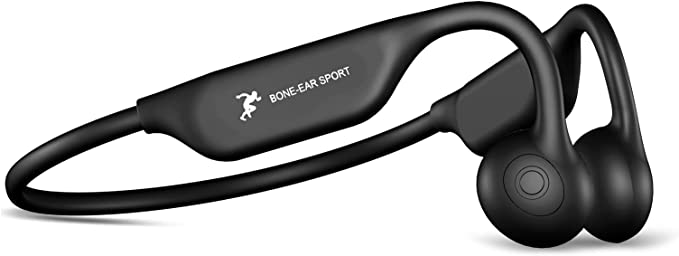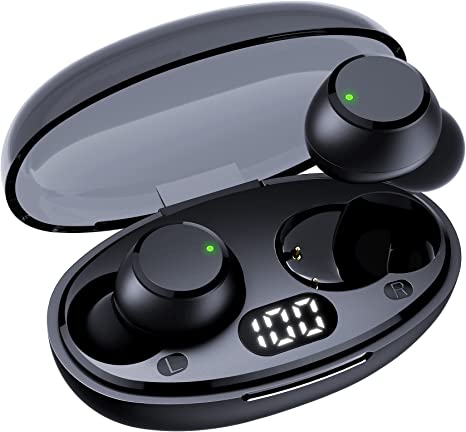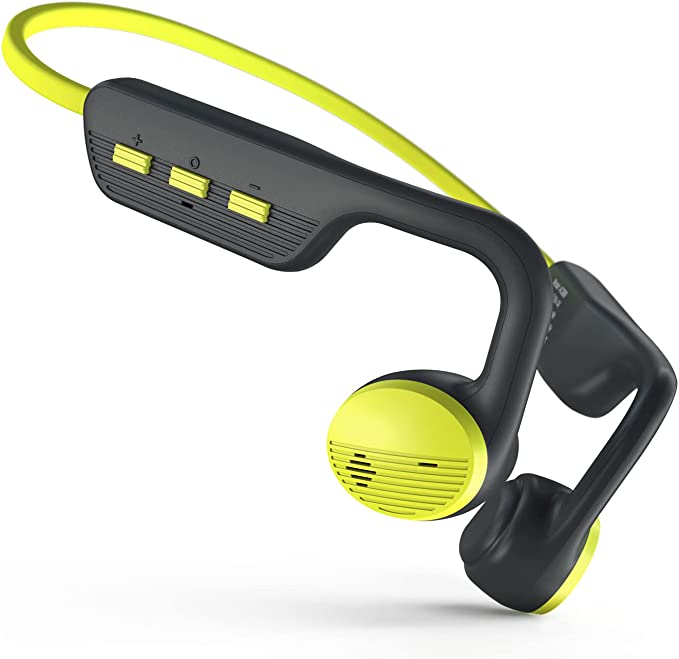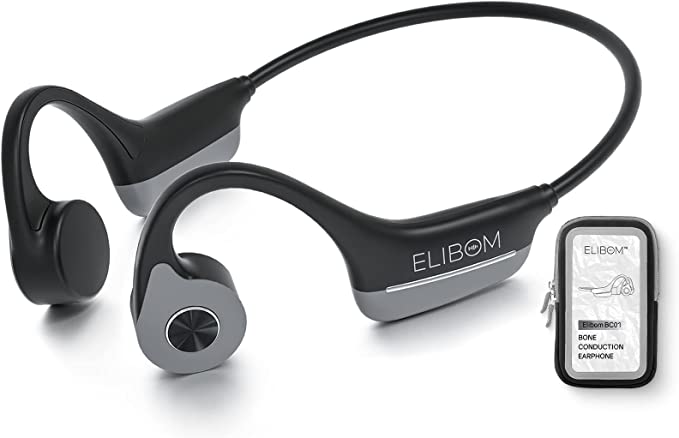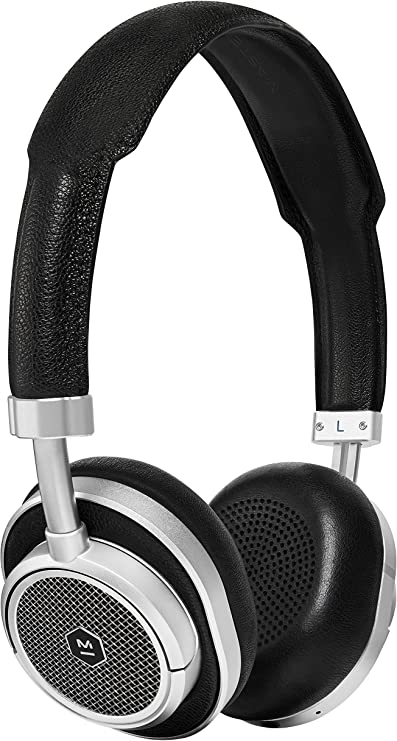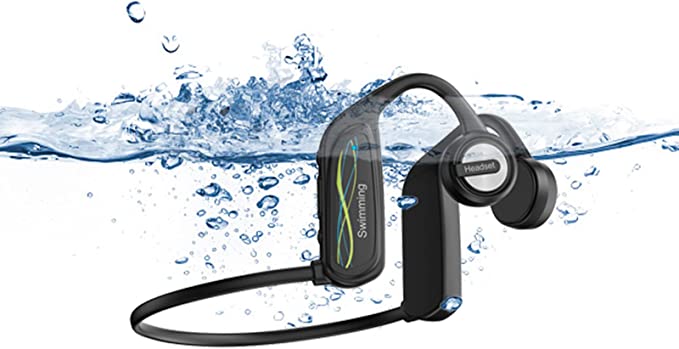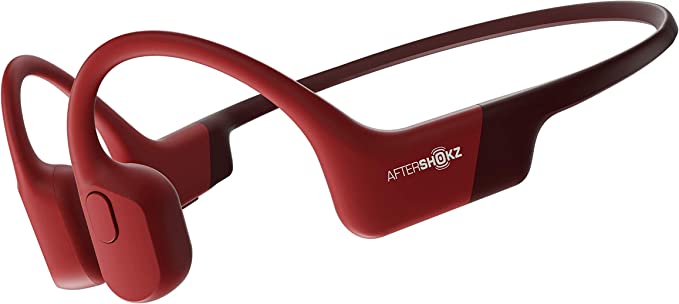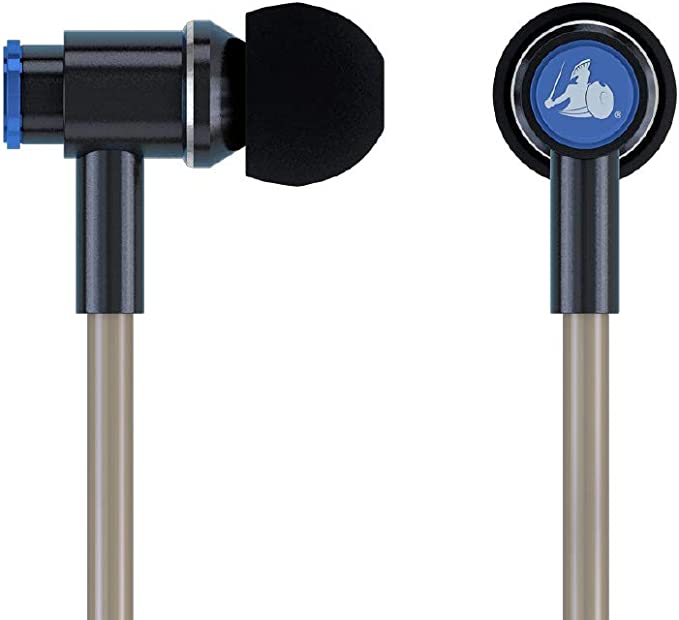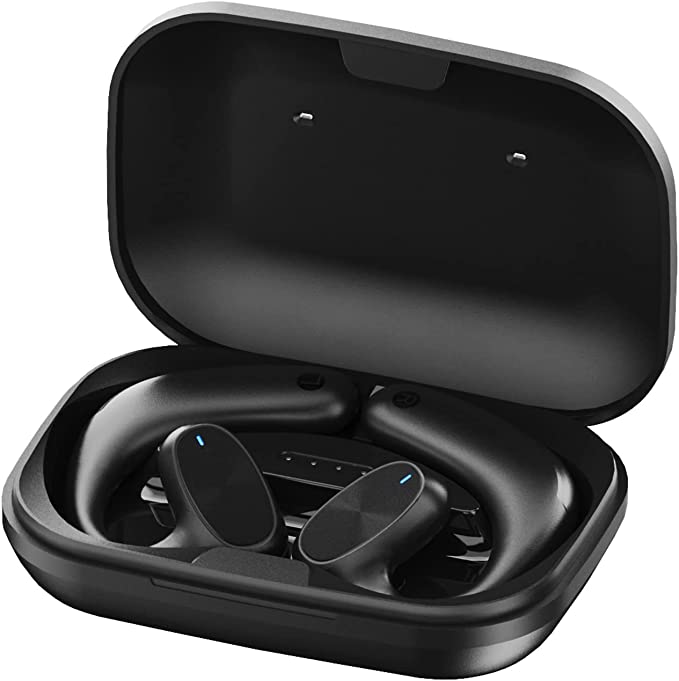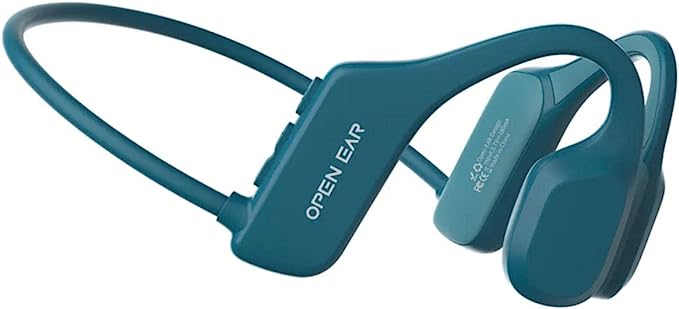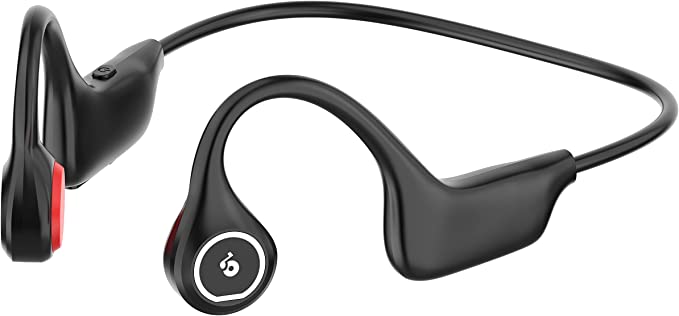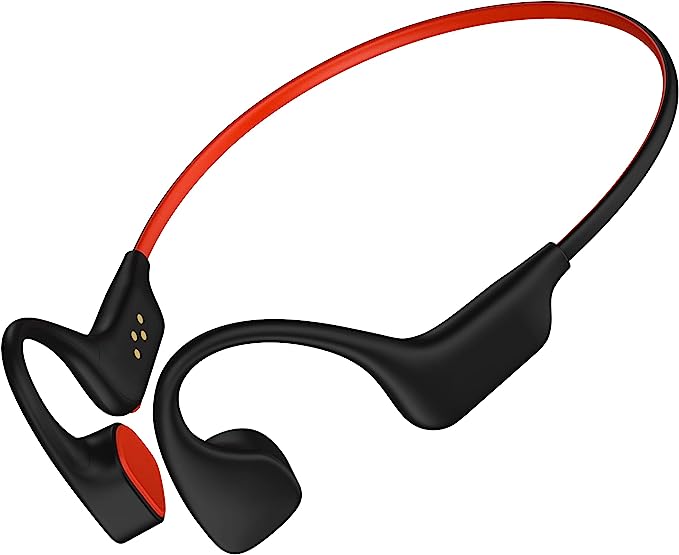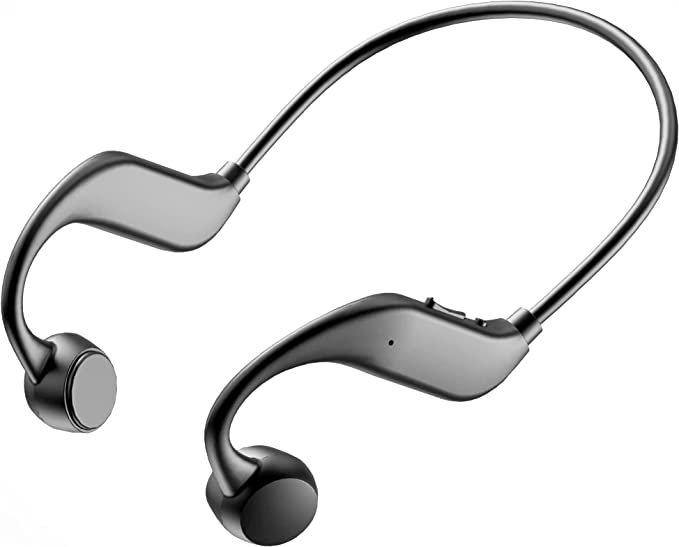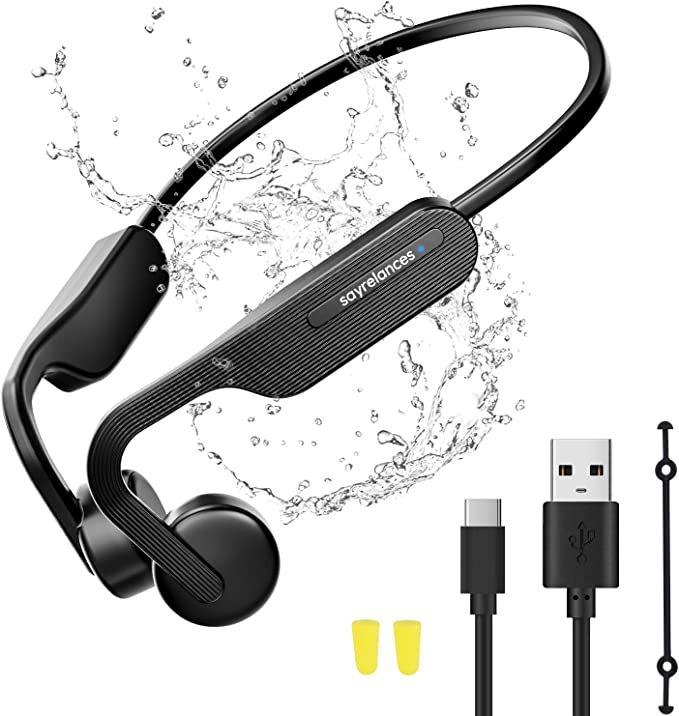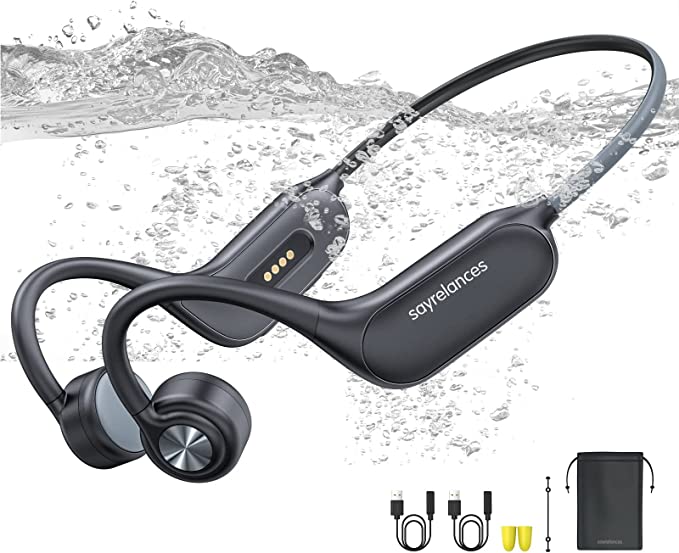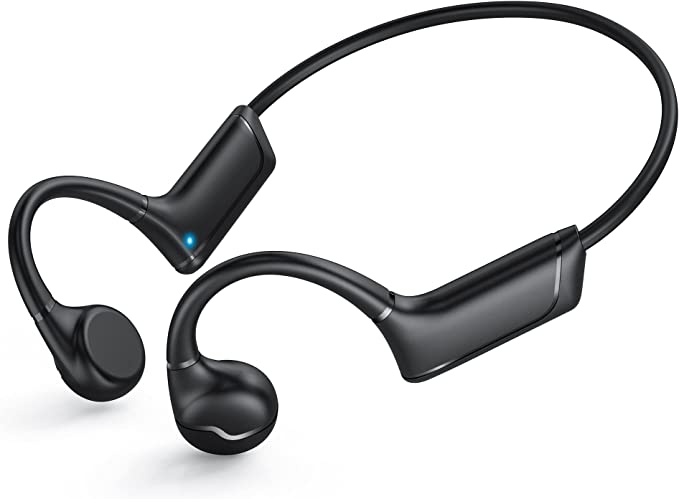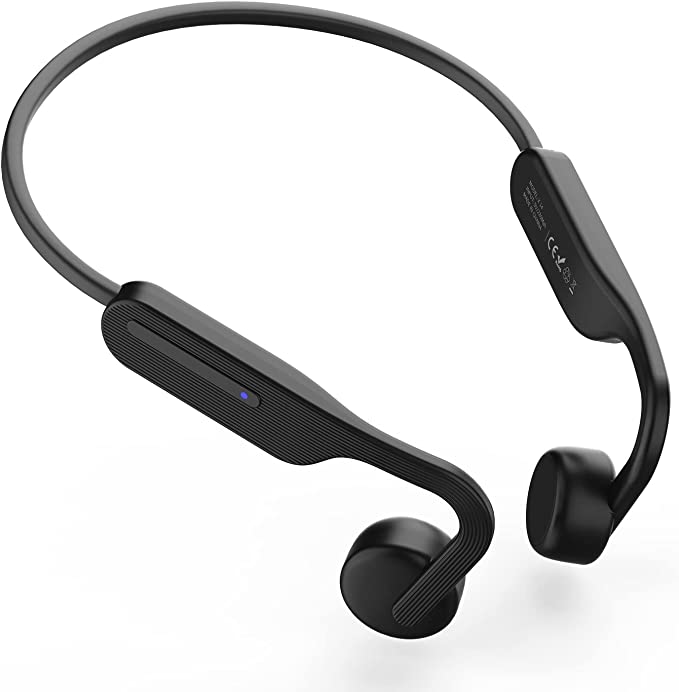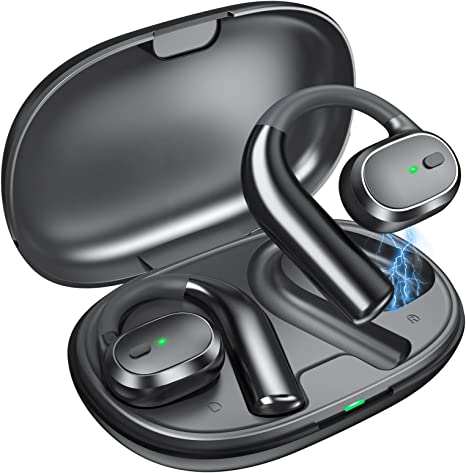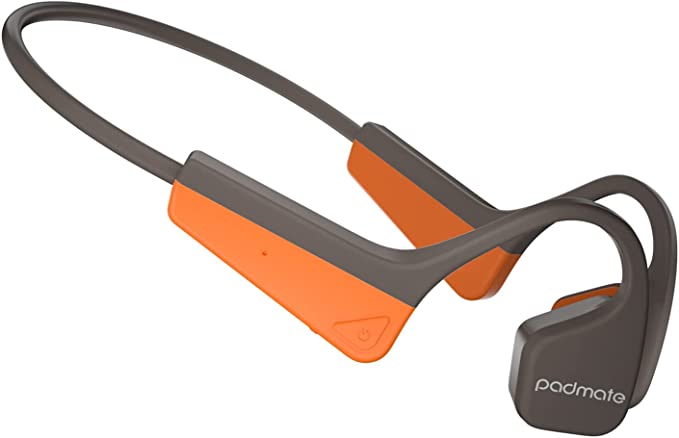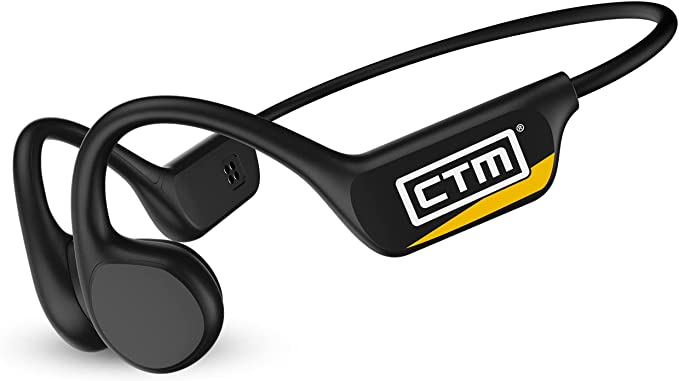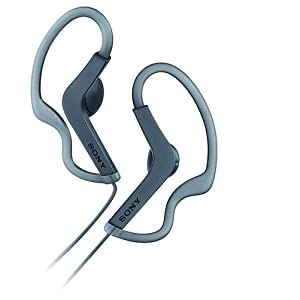Beyond Traditional Headphones: Understanding Bone Conduction with the Xmenha F6
Update on Feb. 17, 2025, 5:51 a.m.
Imagine this: you’re on your morning jog, the sun is rising, and your favorite playlist is pumping you up. But there’s a problem. With your traditional earbuds in, you can barely hear the sounds of the city around you – the approaching car, the cyclist’s bell, the friendly “good morning” from a fellow jogger. You’re in your own little world, which is great for the music, but not so great for your safety. This is the jogger’s dilemma: do you sacrifice sound quality for safety, or vice versa?

A Different Way to Hear: Introducing Bone Conduction
What if you could have both? What if you could enjoy your music and stay completely aware of your surroundings? That’s the promise of bone conduction technology. Instead of sending sound waves through the air and into your ear canal like traditional headphones, bone conduction takes a different route. It transmits sound vibrations directly through the bones of your skull to your inner ear, bypassing your eardrum entirely.
It might sound strange, even a little bit magical, but it’s based on solid science. In fact, you experience bone conduction every day, every time you speak. The sound of your own voice reaches your inner ear primarily through the vibration of your skull bones. That’s why your voice sounds so different when you hear it on a recording – you’re not used to hearing it purely through air conduction.
Unlocking the Science: How Bone Conduction Works
To fully understand bone conduction, let’s take a quick refresher course on the anatomy of the ear. The ear is divided into three main parts: the outer ear, the middle ear, and the inner ear.
-
The Outer Ear: This is the part you can see – the pinna (the visible part of the ear) and the ear canal. The pinna helps collect sound waves and funnel them into the ear canal.
-
The Middle Ear: This air-filled cavity contains three tiny bones – the malleus (hammer), incus (anvil), and stapes (stirrup) – collectively known as the ossicles. These bones amplify the sound vibrations from the eardrum and transmit them to the inner ear.
-
The Inner Ear: This is where the magic happens. The inner ear contains the cochlea, a fluid-filled, snail-shaped structure lined with tiny hair cells. These hair cells convert the mechanical vibrations into electrical signals that are sent to the brain via the auditory nerve, where they are interpreted as sound.

Air Conduction vs. Bone Conduction
In air conduction, sound waves travel through the air, enter the ear canal, vibrate the eardrum, and then the ossicles, finally reaching the cochlea. This is how traditional headphones work.
In bone conduction, the sound waves bypass the outer and middle ear. Instead, vibrations are applied directly to the skull bones (usually the cheekbones, or mastoid bone behind the ear) using a transducer. These vibrations travel through the bone and stimulate the cochlea directly.
The Pathways of Bone-Conducted Sound
While we often talk about bone conduction as a single pathway, it’s actually a bit more complex. There are, broadly speaking, three main contributors:
-
Distortional Bone Conduction: This is the primary mechanism. Vibrations of the skull cause the cochlear shell (the bony structure surrounding the cochlea) to distort, creating pressure waves within the cochlear fluid. These waves stimulate the hair cells, just like in air conduction.
-
Inertial Bone Conduction: The ossicles, while bypassed in the direct transmission, still play a role. The vibrations of the skull cause the ossicles to move slightly, and this movement can contribute to the stimulation of the cochlea.
-
Osseo-Tympanic Bone Conduction: Vibrations of the skull also cause the air in the ear canal to vibrate. This vibration can then stimulate the eardrum, contributing a small amount of air-conducted sound. This is usually less significant than the other two pathways.
Frequency and Bone Conduction
The effectiveness of bone conduction varies with the frequency of the sound. Lower frequencies (bass sounds) are generally transmitted more efficiently through bone than higher frequencies (treble sounds). This is because lower frequencies create larger, more powerful vibrations that can travel more easily through bone. This is one reason why bone conduction headphones may sometimes sound a bit bass-heavy compared to traditional headphones, although manufacturers are continually working to improve the frequency response.
The Xmenha F6: A Case Study in Open-Ear Listening
The Xmenha F6 headphones put this fascinating science into practice. Let’s look at how the F6 utilizes bone conduction to deliver a unique listening experience.
Design and Comfort: Clipping In, Not Plugging In
Unlike traditional earbuds that sit inside your ear canal or headphones that cover your ears, the Xmenha F6 uses a clip-on design. The transducers, the components that generate the vibrations, rest gently against your cheekbones, just in front of your ears. The soft silicone material ensures a comfortable and secure fit, even during vigorous activity. The lightweight design (approximately 0.15 oz – note that the original product information provided conflicting weight data, and 2.87 oz is highly unlikely for this type of device) adds to the overall comfort, making it feel almost like you’re wearing nothing at all.
Bluetooth 5.3: The Unsung Hero of Wireless Audio
The Xmenha F6 utilizes Bluetooth 5.3, the latest iteration of this ubiquitous wireless technology. But what makes Bluetooth 5.3 so important?
-
Enhanced Connection Stability: Bluetooth 5.3 introduces Connection Subrating, which allows for faster switching between low-duty and high-duty cycles. This translates to a more robust and reliable connection, minimizing dropouts and interruptions, especially in environments with a lot of wireless interference.
-
Improved Power Efficiency: Bluetooth 5.3 uses less power, especially during periods of low activity. This contributes to the F6’s impressive battery life.
-
Lower Latency: While not specifically mentioned in the product details, Bluetooth 5.3 generally offers lower latency than previous versions. This means there’s less of a delay between the audio source (like your phone) and the headphones, which is crucial for video watching and gaming (although bone conduction headphones are not typically the primary choice for gaming due to their open nature).
-
Channel Classification: Bluetooth 5.3 enhances the ability of devices to select the best available communication channel, improving performance in crowded wireless environments.
Staying Aware: The Safety Factor
One of the biggest advantages of bone conduction headphones like the Xmenha F6 is situational awareness. Because your ears are completely open, you can hear everything going on around you – traffic, conversations, approaching footsteps, warning signals. This is a game-changer for runners, cyclists, and anyone who needs to stay aware of their surroundings while enjoying their audio.
Power and Endurance: Battery Life
The F6 delivers 4-5 hours of continuous playback on a single charge. The included charging case provides additional power, extending the total listening time to up to 30 hours. This is ample for even the longest workouts or commutes. A one-hour charge of the case is sufficient to fully replenish its battery.
Built to Withstand: Waterproofing
The Xmenha F6 are designated as waterproof. This gives a user peace of mind during sweaty workouts or rainy days.
A Brief History of Bone Conduction: From Hearing Aids to Headphones
Bone conduction technology isn’t new. It’s been used in hearing aids for decades, helping people with certain types of hearing loss to hear sounds that they wouldn’t be able to hear with traditional air conduction hearing aids. The first documented use of bone conduction for hearing dates back to the 16th century, with physicians using rods connected to the teeth to transmit sound.
The technology has evolved significantly since then, with advancements in materials, transducer design, and signal processing. In recent years, bone conduction has made the leap from medical devices to consumer electronics, offering a new way for everyone to experience audio.
Beyond Music: The Wide World of Bone Conduction Applications
While bone conduction headphones are becoming increasingly popular for music listening, the technology has a much wider range of applications:
- Hearing Aids: As mentioned, bone conduction is a crucial technology for people with conductive hearing loss (problems with the outer or middle ear).
- Military Communications: Bone conduction headsets allow soldiers to hear radio communications while keeping their ears open to hear ambient sounds.
- Underwater Communication: Bone conduction can be used for communication between divers.
- Augmented Reality: Bone conduction could be integrated into smart glasses to provide audio feedback without blocking the user’s view or hearing.
- Gaming: While not as common as traditional headphones, bone conduction headsets can offer a more immersive gaming experience by allowing players to hear both game audio and real-world sounds.

The Future of Sound: Where is Bone Conduction Headed?
Bone conduction technology is constantly evolving. Researchers and engineers are working to:
- Improve Sound Quality: One of the main challenges is to improve the fidelity of bone-conducted sound, particularly in the higher frequencies. New transducer designs and materials are being developed to address this.
- Reduce Sound Leakage: While bone conduction inherently leaks less sound than traditional headphones, there is still some leakage. Minimizing this leakage is a priority.
- Miniaturization: Making bone conduction devices even smaller and lighter is an ongoing goal.
- Integration: Integrating bone conduction technology with other devices, such as smart glasses and virtual reality headsets, is a promising area of development.
The Xmenha F6 represents a significant step in the evolution of bone conduction headphones. By combining open-ear comfort, situational awareness, and advanced wireless technology, it offers a compelling alternative to traditional listening devices. It’s a glimpse into the future of audio, where we can seamlessly blend our digital and physical worlds. The F6 are available for purchase on Amazon.


